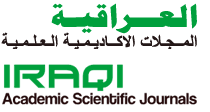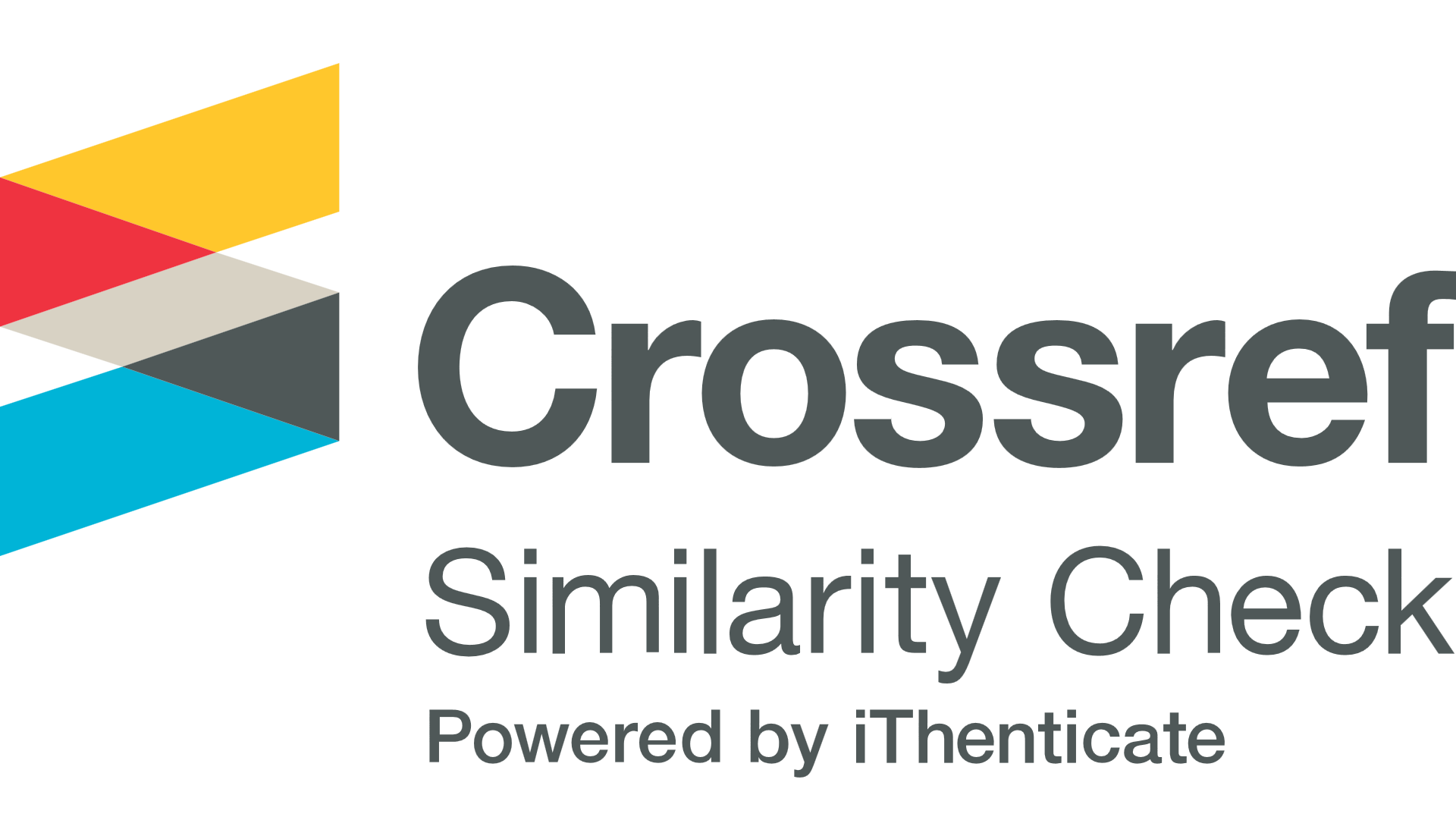Producing poly-β-hydroxybutyrate from local isolates of risobium bacteria
Abstract
In this study, five isolates of Sinorhizobium meliloti were obtained from root nodules of alfalfa plants collected from agricultural soils of different regions of Nineveh governorate/Iraq. Local isolates, RW8, RW9, RW10, RW11 and RW12 incubated for periods 1, 2, 3, 4 and 5 days. Biomass (g/l), production of poly--hydroxybutyrate (g/l) and production percentage (of dry cell weight) were recorded. Results revealed that RW9 isolate was the best among isolates of S. meliloti.It gave the best production percentage of poly--hydroxybutyrate which reached 43.05 % when grown in YEM (Yeast Extract Mannitol Broth) medium two days of incubation, whereas maximum average of biomass production reached 1.97 g/l. The effect of addition of different carbon sources growth medium on poly--hydroxybutyrate production by S. meliloti isolate RW9 showed that glucose, as carbon source, promote the productivity of the polymer that reached to 65.07 % two days after incubation. The optimal concentration of glucose to support highest production was 2.0 % that enhance production to 82.55 %. The effect of addition of different nitrogen sources at 0.10 % concentration to YEM broth medium (supplemented with 2.0 % glucose) revealed that glutamic acid gave the best productivity which reached 86.51 % two days after incubation. The effective concentration of glutamic acid support the best productivity was the used concentration (0.10 %). According to the obtained results RW9 isolate which accumulated high level of poly--hydroxybutyrate may be superior to be employed in industrial production when this isolate grown in optimum conditions.





